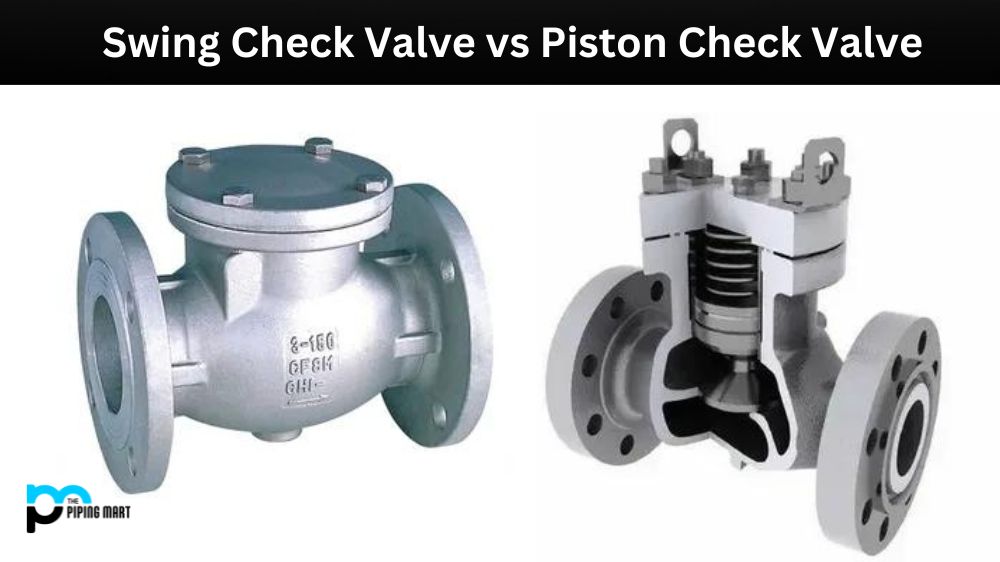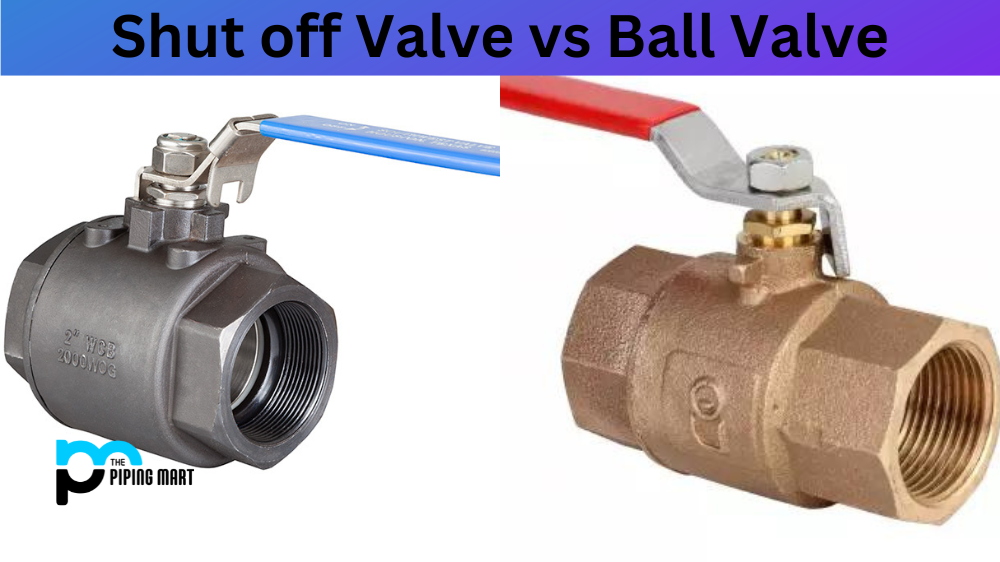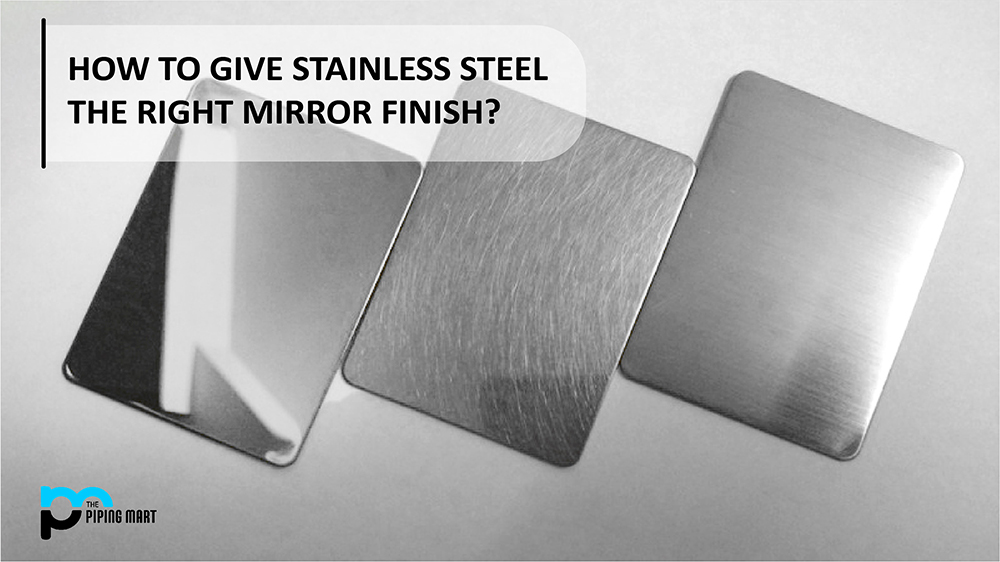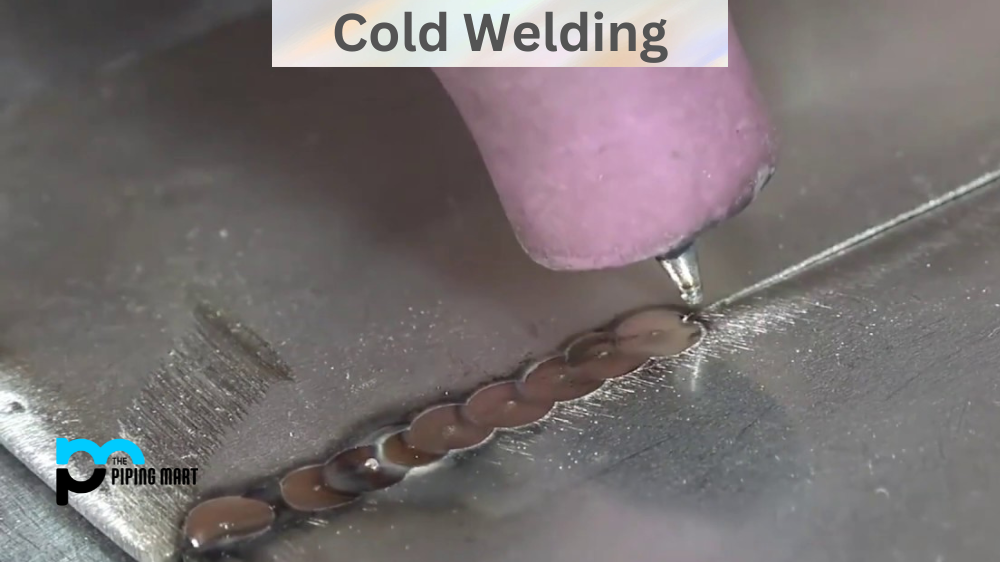Check valves are crucial components in pipelines and plumbing systems. They prevent the backflow of fluids, gases, or other media types. They can be found in many applications, including water supply networks, wastewater systems, chemical plants, and oil and gas pipelines. Two common types of check valves are the swing check valve and the piston check valve. In this blog post, we’ll explore the differences and help you understand which is best suited for your applications.
What is Swing Check Valve?
Swing Check Valve is a type of check valve that uses a swinging disc to control fluid or gas flow in a pipeline. The disc swings open when fluid flows from the inlet to the outlet and closes when there is no flow or it reverses direction. It has self-closing capabilities with minimal pressure drop, making it an ideal valve for many applications.
What is Piston Check Valve?
The piston Check valve is a type of flow control valve that uses a piston-like device to open and close the flow of liquid or gas. It allows fluid to pass when pressure is applied but will shut off without pressure. This enables it to prevent backflow, making it an ideal choice for many applications across industries such as water and chemical processing, refineries, manufacturing plants, etc.
Difference Between Swing Check Valve and Piston Check Valve
Design and Operation
The swing check valve operates by swinging on a hinge to open or close the valve, depending on the flow direction. It is designed with a hinged disc that swings open in one direction and closes tightly in the opposite direction to stop backflow. It’s a simple design relies on gravity and fluid pressure to open and close the valve. In contrast, the piston check valve has a piston that moves up and down to allow or prevent the flow of fluids. The piston is designed to seal tightly against the valve seat to prevent backflow and open when there is forward flow.
Pressure and Flow Control
Swing check valves are suitable for low to medium-pressure applications, while piston check valves are ideal for high-pressure applications. The piston check valve’s design allows for more precise fluid flow control and better handling of high-pressure drops than the swing check valve, which is limited by its design.
Installation and Maintenance
Swing check valves are easy to install and have minimum maintenance requirements, making them the ideal choice for many applications. On the other hand, Piston check valves require more complex installation procedures due to their design, which includes a piston and springs. Moreover, piston check valves require regular maintenance to ensure proper operation and prevent leakage.
Cost and Availability
Swing check valves are generally less expensive than piston check valves due to their simple design and ease of maintenance. They are also widely available, making them an affordable and accessible option for many applications. Piston check valves, however, are more expensive, primarily due to their more complex design and the additional components required for their operation.
Conclusion:
Choosing the right check valve for your application depends on several factors, including pressure, flow control, installation process, maintenance requirements, and cost. Now that you understand the differences between swing check valves and piston check valves, you can make an informed decision when selecting the right valve for your application. Always consult a qualified technician or supplier for advice on the appropriate valve type and size for your specific needs.
Sakshee is a talented blogger, with a particular focus on the Business and Metal Industry. She is passionate about sharing her insights on various metal products and helping professionals to make a better decisions.




